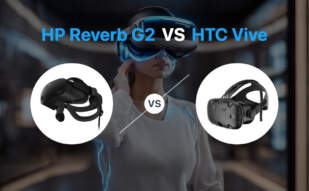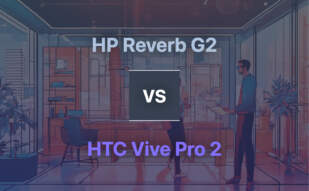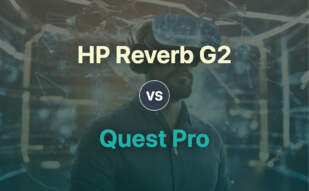While both HP Reverb G2 and Vive Pro 2 provide high-resolution VR experiences, the choice depends on user requirements. Vive Pro 2, with rare WebGL 2.0 support and immersive features, is ideal for web developers seeking intricate 3D environments. However, HP Reverb G2’s camera-based tracking system and sharp imagery make it suitable for professionals desiring simpler setup and moderately immersive virtual spaces.

Key Differences Between HP Reverb G2 and Vive Pro 2
- HP Reverb G2, competitively priced at $599, is budget-friendlier compared to Vive Pro 2’s $799 factor.
- Vive Pro 2 leverages WebGL 2.0 for 3D animations, overshadowing Reverb G2 lacking sophisticated graphic representations.
- Reverb G2 uses camera-based tracking, eliminating the need for external sensors, unlike the Vive Pro 2.
- Vive Pro 2 exceeds in resolution with 2,448 by 2,448 pixels per eye, surpassing Reverb G2’s 2,160 by 2,160 pixels.
- HP Reverb G2’s performance is largely dictated by the PC’s power, offering a varying performance scale.
- Reverb G2 affords four years of Android updates and five years of security patches, a feature absent in Vive Pro 2.
| Comparison | HP Reverb G2 | VIVE Pro 2 |
|---|---|---|
| Market Position | Consumer virtual reality headset primarily for professional use. Competes with HTC Vive Pro, Vive Focus, Oculus Quest 2 and the Valve Index | Advanced AR/VR headset. Providing precise, immersive AR/VR experience. Included with 2-month Viveport Infinity membership |
| Features and Specifications | Four camera setup for motion tracking, 2160×2160 pixels per eye resolution at 90Hz, includes improved motion controllers. Requires high-end CPU and GPU for optimal performance | Coupled with three.js for animated 3D computer graphics. Uses WebGL and its source code is available on Github. Supports features like different types of animations, light effects, materials, objects and geometry |
| Developer Tools | Doesn’t specify any development tools or libraries | WebGL for 3D animations, three.js JavaScript library, GLSL for shading language |
| Community Support | Any device trade-ins awards user a $200 discount | Over 1700 contributors on GitHub. Active public forum and wiki available |
What Is HP Reverb G2 and Who’s It For?
The HP Reverb G2 is a top-tier consumer virtual reality headset that matches the likes of the HTC Vive Pro, Vive Focus, Oculus Quest 2 and the Valve Index. It is primarily intended for professional use, but is equally suited for consumers seeking a high-quality VR experience. If you’re a user of Windows 10 May 2019 update or later, running Intel Core i5 CPU or AMD Ryzen 5 equivalent and above, with Nvidia GeForce 1080 or AMD Radeon 5700 GPU and above, then this VR headset suits your tech stack perfectly.

Pros of HP Reverb G2
- Competitively priced high-resolution VR package
- Improved comfort and tracking features
- Sharp imagery and camera-based motion tracking
- Multiplesystem compatibility supports user experience – Windows Mixed Reality platform, SteamVR ecosystem.
Cons of HP Reverb G2
- Occasional tracking hiccups observed
- Eccentric camera module might impact comfort
- Requires high-spec system for optimal performance
- No wireless charging option, just 67 watts fast charging with included brick.
What Is VIVE Pro 2 and Who’s It For?
The VIVE Pro 2 is an immersive AR/VR headset designed specifically to create precise, sharp experiences. With its compatibility with three.js, a cross-browser JavaScript library known for animated 3D graphics in web browsers, it caters to developers seeking to explore or leverage 3D animations. If you’re in the world of 3D graphics and animations, VIVE Pro 2 might be your next technological leap.

Pros of VIVE Pro 2
- Supports GPU-accelerated 3D animations using Javascript for smooth experiences
- Comes along with a 2-month Viveport Infinity membership
- Broad-spectrum light effects and detailed manipulation of graphics
- Wide range of renderings and modeling supports – objects, lights, and geometries.
Cons of VIVE Pro 2
- Requires understanding and usage of three.js JavaScript library
- API documentation under construction
- Still only fully supports WebGL 2.0 default
- Requires proprietary browser plugins.
HP Reverb G2 vs. Vive Pro 2: The Verdict Unveiled
Drawing the curtain on the comparison of HP Reverb G2 and Vive Pro 2, we unveil the ideal choice for different groups of tech enthusiasts.
VR Content Creators & Developers
The HP Reverb G2 with its superior sharp imagery, camera-based motion tracking, high-precision controllers, and compatibility with Windows Mixed Reality and SteamVR platforms offers a top-tier platform for VR content development.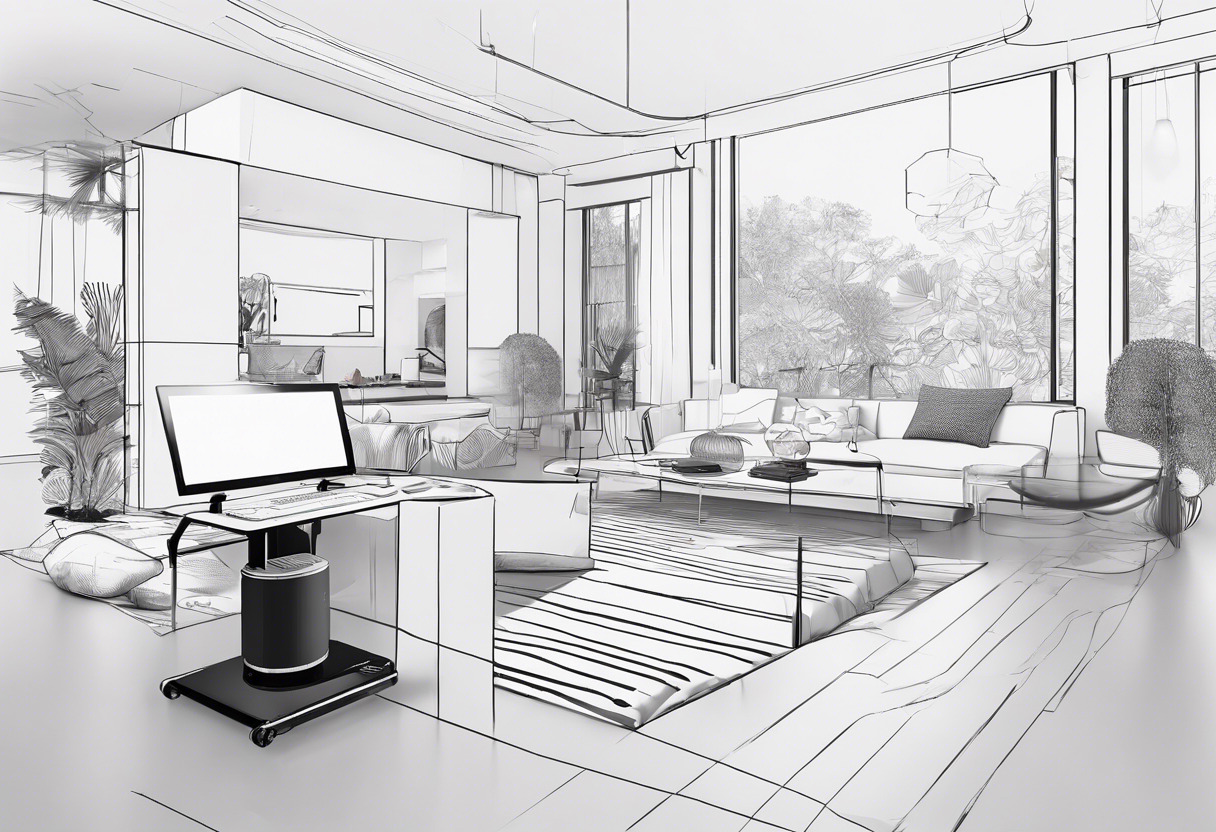
Professional Users
For professionals seeking high resolution and room-sized VR capabilities, the HP Reverb G2 comes as a competitively priced, high-resolution VR package. Its ability to integrate with Windows Mixed Reality & SteamVR platforms creates an extensive user experience.
Web-Based 3D Graphic Enthusiasts
The Vive Pro 2, coupled with the cutting-edge three.js JavaScript library, provides an ideal headset for enthusiasts creating complex 3D animations for browsers without needing proprietary browser plugins.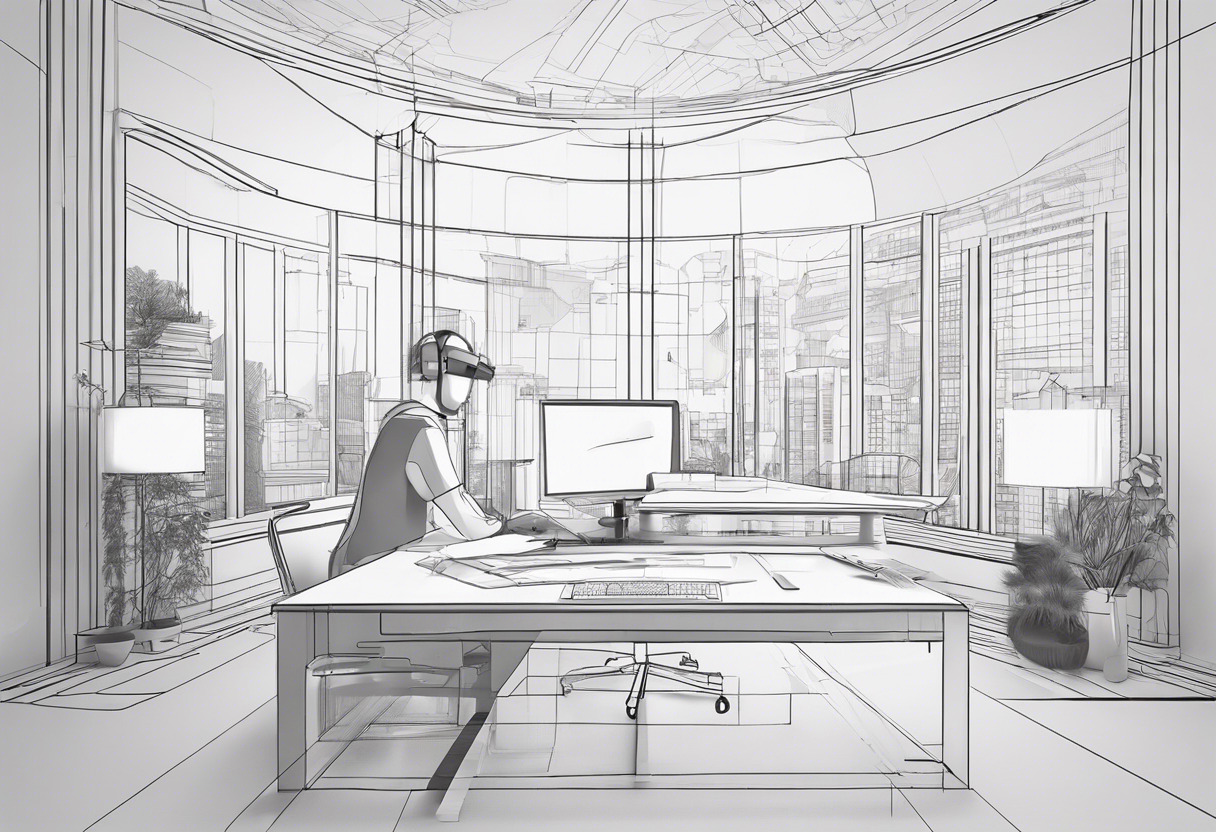
Despite their respective merits, for optimal performance, expert imagery, and room-sized VR, the HP Reverb G2 takes the win. However, the Vive Pro 2’s coupling with three.js positions it as the choice for creating intricate browser-based 3D animations.
Logan Bellbrook
Content writer @ Aircada with a knack for nature & AR/VR/XR. Blogging the intersection of tech & terrain.



